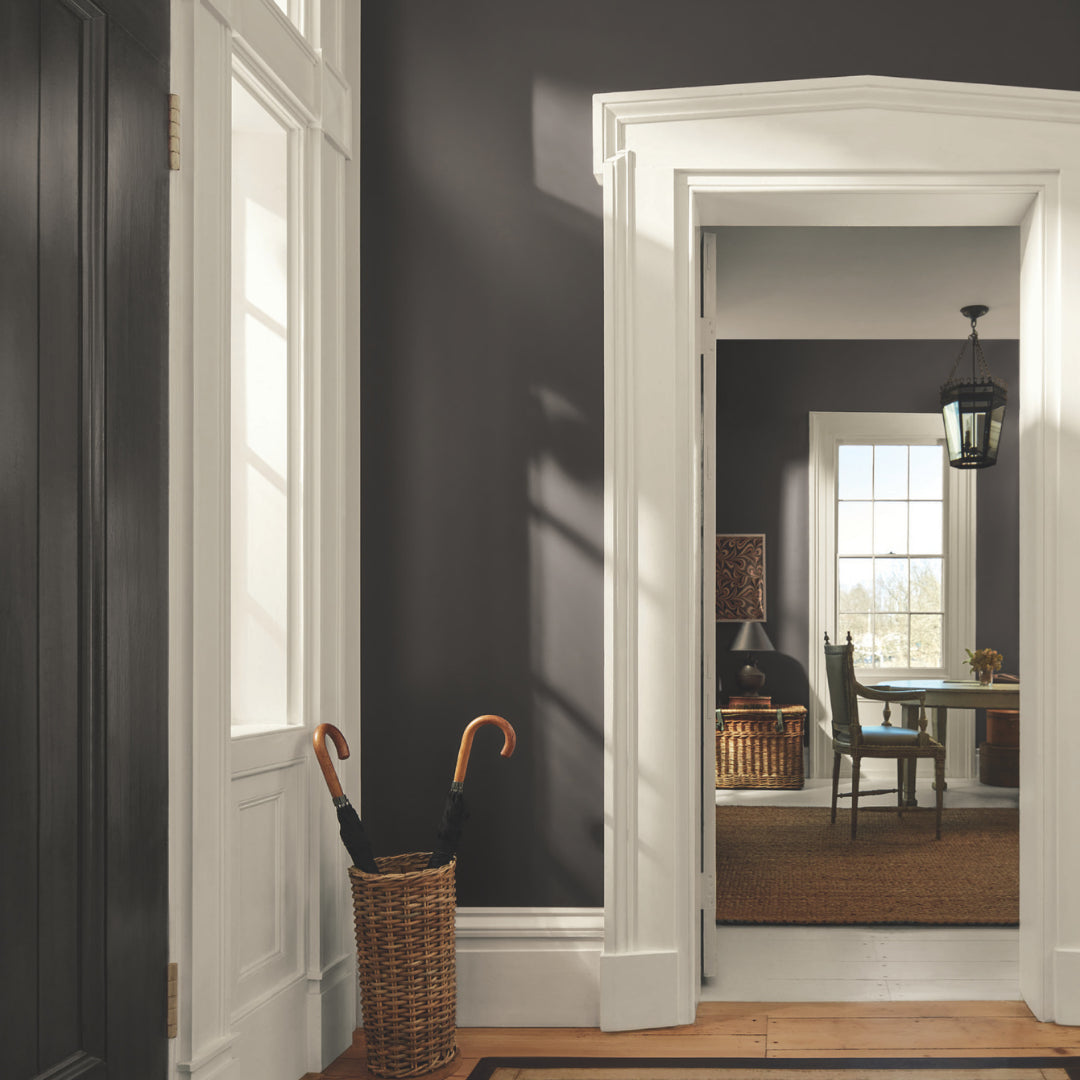Your Cart is Empty
SAVE TIME, ORDER ONLINE FOR IN-STORE PICK UP
- Shop
- Shop Supplies
- Shop Color
- Window Treatments
- About Us
- For Professionals
- Festool
- Contact Us
- Store Locator
- Gift Cards
- Find a Painter
- Blog
- Login

How to Answer the comment “Consumer Reports says XYZ brand was rated the best”? Even though this is from 2007 it still shows the problem with Consumer Reports test Results.
In response to many requests from architects and specifiers throughout the United States, MPI (Master Painters Institute) acquired the 2007 report from “Consumer Reports” on paint.
MPI then sent out “mystery shoppers” in Washington State to purchase the top five products listed as by Consumer Reports as “CR Quick Recommendations” and “Best for high-traffic areas.” The products obtained, and tested, were those identified by Consumer Reports.
“High scores for staining and scrubbing, and resisted gloss changes.”
It has been the position of MPI, as well as major specifiers and users, that paint products formulated for the consumer or DIY markets have different pros and cons from those products specified for commercial and institutional market segments where performance and durability are of much more concern than aspects such as application properties and spatter resistance.
MPI has requested information on test methods and the ‘weighting’ of characteristics from Consumer Reports – all without success. On the other hand, the test methods used by MPI are published and are either ASTM, or those approved by major users such as the paint experts at Navy Facilities, Army Corps of Engineers, GSA, etc.. MPI paint standards replaced GSA-maintained U.S. Paint Specifications in 2000. The MPI paint standards are used by both the U.S. and Canadian Governments.
The “high-traffic” areas in both the master guide specification (UFGS) for all Department of Defense facilities (e.g. Navy, Air Force, Army, and Marine military facilities, NASA, etc.) and the master guide specification used by the American Institute of Architects MasterSpec® call for paints in an MPI category entitled “High-performance Architectural Latex”. The UFGS says for “High Traffic Areas”. The AIA MasterSpec® says “High-Performance architectural latex systems are used in interior locations subject to high traffic.”
Although some specifiers would prefer a higher gloss and sheen than the “low-luster” used by Consumer Reports for “high-traffic” areas, MPI used the category for MPI Gloss Level 2 in order to provide an apples-to-apples comparison with that listed by Consumer Reports (even though the 5 listed were all not the same gloss and sheen). That category is MPI #138 (High-Performance Architectural Latex – Gloss Level 2).
Summary
Only 1 of the 5 passed qualification tests for performance contained in the test standards and protocol for MPI #138. Some failed cleanability or burnish resistance, or scrub ability, etc.
For reference, MPI’s minimum number of scrub cycles for this standard is 3000, but 1 of the 5 Consumer Reports “Best for high-traffic areas” products actually failed by film breakthrough observed as early as 319 cycles.
That only 1 of the top 5 of Consumers Reports “Best for high-traffic areas” paints passed the MPI performance standards does not indicate that the products tested are not good paint products, but it does indicate that the performance and durability standards needed for commercial projects are somewhat more stringent. Until accepted performance test methods are adopted by any consumer product testing, perhaps professional specifiers of commercial products should avoid DIY paint recommendations for commercial and institutional projects.

Find fresh color inspiration for 2026 with Benjamin Moore’s new Color of the Year and Color Trends Palette. Silhouette is a study in balance — rich yet restrained, moody yet inviting.

Black paint adds contrast, depth, and timeless elegance to Pennsylvania homes. It pairs beautifully with neutral shades, metallic finishes, and natural textures, allowing homeowners to craft spaces that feel both dramatic and sophisticated.

Gray paint colors adapt beautifully to natural light, making them ideal for homes in Easton, Scranton, and Mt. Pocono.